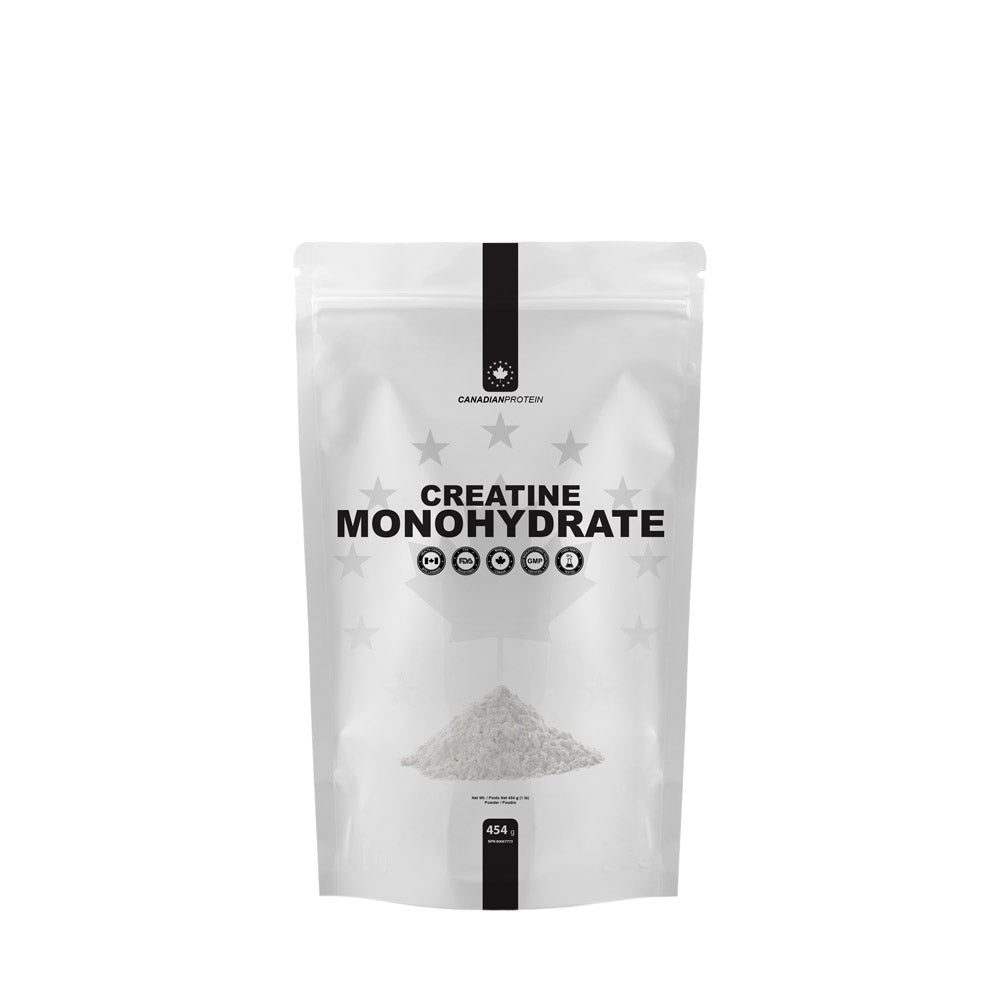Though sports, exercise, and physical fitness in general are all very beneficial, they aren’t without their risks. Every single day, keen athletes and sports enthusiasts all over the globe, take part in their chosen sports and activities, and push their bodies to their absolute limits. Unfortunately, this is where the likelihood of an injury occurring will increase tenfold, and consequently once said individuals are unfortunate enough to suffer from a painful sports-related injury, the road to recovery can be a long and stressful one. In some best case scenarios, those that are injured may simply require a week or two to heal, and can simply put their feet up, take it easy, and allow their injuries to heal. Others however, are not always as lucky and sometimes surgery may be required, and sometimes injuries can ruin careers, and can potentially affect these people’s day to day lives as well. Injuries in sports and fitness are not uncommon, but that doesn’t mean there aren’t steps you can take to protect yourself. Prevention, as they say, is the best cure so to help you reduce the likelihood of you suffering an injury whilst training, here’s a look at a few of the most common sports-related injuries, how they are caused, and what you can do to help prevent them from affecting you.
Torn ACL

ACL, or Anterior Cruciate Ligament injuries, are very common in the world of sport and fitness, and they are also very painful, and potentially very serious injuries. These injuries affect ligaments in the patella, or kneecap, as this ligament is the one which connects the kneecap to the bone. Needless to say, if you were to tear it, or even pull it slightly, this can result in a very painful knee injury that may require surgery, and several months of rehab to recover from. Commonly, this injury is caused via the process of switching between fast-paced activity, and stationary activity. So for example, if an athlete is sprinting, and then suddenly has to stop, this could potentially affect the ACL. A hard blow to the knee can also cause potential rips, tears, and pulls to the ACL. ACL injuries are very painful, they often require surgery, they require months of rehab, and they have been known to cut sporting careers short. For these reasons, you should never try to work through an ACL injury, no matter how minor you may consider it to be.
Strained Hip Flexor
Another very common injury in the sporting world, is a strained hip flexor. Your hip flexor muscles are basically a collection of muscles designed to help you move your legs/knees upwards into the air. If an individual is to stretch these muscles too far, or too quickly, a tear/strain can occur. A great way of avoiding this is to work on your hip flexor strength, because weak hip flexor muscles have been known to put a person at a greater risk of injury. Failing to stretch and warm up properly, is also a very common cause of hip flexor strain injuries, and this is especially frustrating because often it can be avoided. Sports involving kicking, and lifting of the legs, I.E soccer, football, martial arts, and athletics, often place an individual at a greater risk of injury. Minor injuries simply require ice and rest at home, though more serious injuries such as tears, may require surgery and physiotherapy for recovery.
Pulled groin

If you’ve ever pulled or torn your groin before, you’ll know how uncomfortable and painful this injury can be. Your groin is basically the muscle located on your inner thigh, and as muscles that make up the groin have a fan-shape, they are used to help bring your legs close together. Many side to side motions and sports which utilize these movements, I.E Baseball, soccer, football, and hockey, can put a person at a greater risk of suffering a pulled groin. Typically you will experience a stinging, slight burning sensation on the inner thigh, and you may require two – three weeks of rest at home in order to recover. Compression and ice work very well, though you may notice swelling on and around the groin, in which case you should speak to a doctor as it could be a more serious tear. When you do return to physical activity, slowly ease your way back into things, and if you do experience any pain and discomfort, stop what you’re doing as you won’t be fully healed just yet.
Concussion
Over the last decade or so, various sporting organizations and authorities all over the globe, have showed just how committed they are to preventing concussion in sporting environments, and for good reason. A concussion occurs when the individual receives a heavy blow to the head, which often knocks them unconscious for a while. Concussion is a brain injury that must be taken very, very seriously, no matter how well you may feel afterwards. Side effects include dizziness, loss of consciousness, nausea, sickness, memory loss, loss of cognitive abilities, disorientation, headache, and more besides. Contact sports such as football, soccer, wresting, martial arts, hockey, and boxing, all put an individual at risk of concussion, though other high impact sports such as skiing and gymnastics, can be just as risky. The wearing of a helmet can prove incredibly effective when protecting against concussion, though even then, a concussion can still occur. Recovery time can be two weeks, one month, two months, six months, or never in some cases. It is absolutely VITAL that a sportsperson is medically cleared to begin training before they return, otherwise they run the risk of loss of life. If an individual is to receive a second concussion, before the first one has healed, this is known as second impact syndrome, and it can be fatal.













